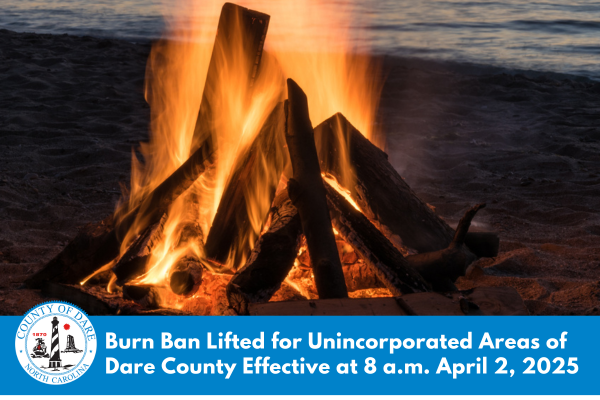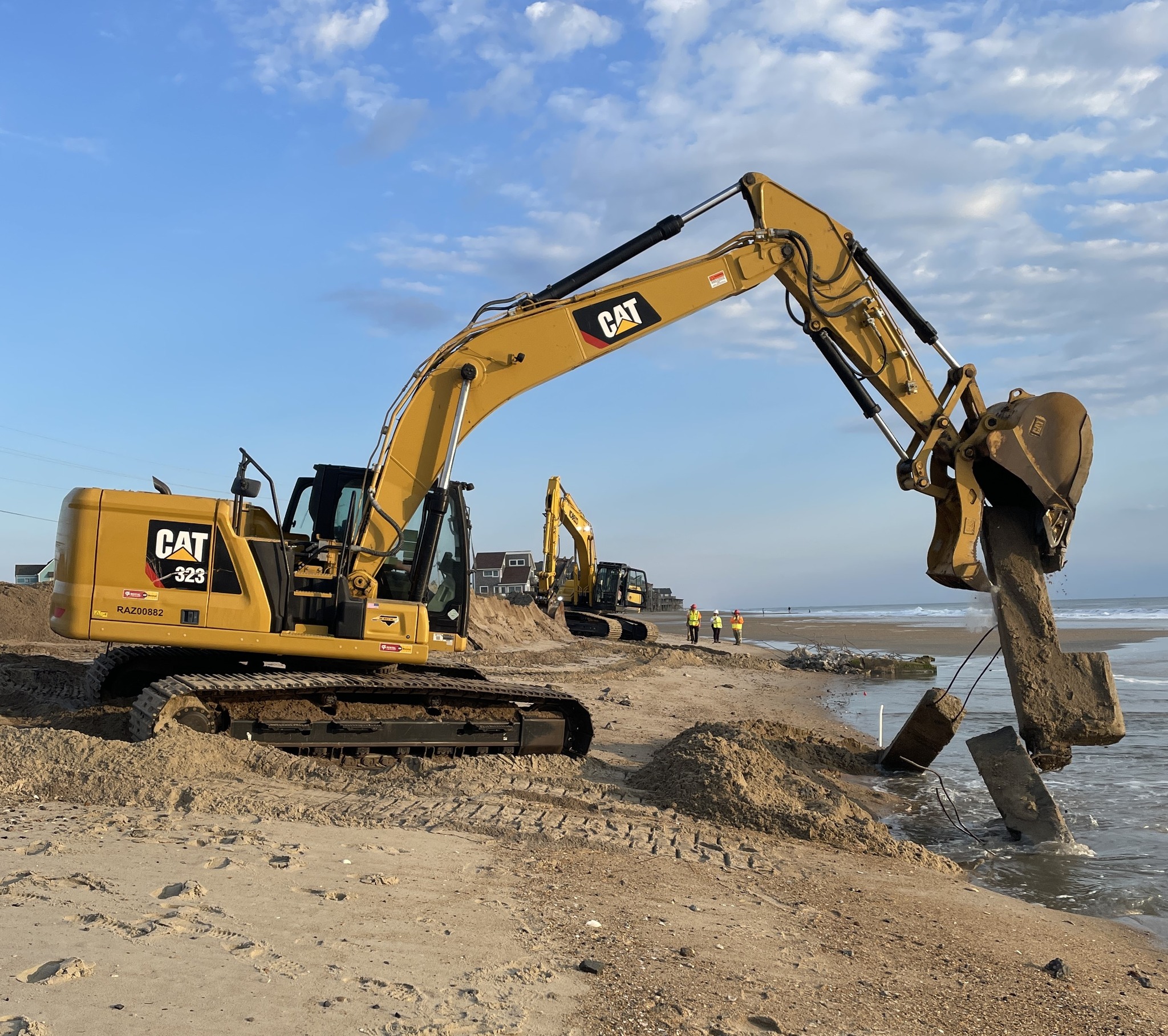Dredging Hatteras Inlet problem area may finally get done
With navigation through Hatteras Inlet close to impossible since recent storms, the inlet’s troubles occupied most of the discussion at Tuesday’s meeting of the Dare County Oregon Inlet and Waterways Commission.
Surveyors were working in the inlet yesterday to provide the information needed to clear an area of the old ferry channel between the Ocracoke ferry terminal and the inlet gorge.
“The state has authorized the ferry division to put our dredge out there and to use our spoil site,” Jed Dixon, deputy director of the state Ferry Division and a commission member, told the panel.
Dixon said that the spoil area off Ocracoke was at capacity, but that sand needed for upcoming dune repair work by the state Department of Transportation on a storm-damaged section of Highway 12 would make room for more disposal.
Dare County Manager Bobby Outten said in a later telephone interview that the county will pay the state $3,750 in matching costs for the survey work. The remaining 75 percent of the cost will be paid out of the state inlet management fund.
“The reason we’re doing that is because it can be done quickly,” he said of the planned project, known as the “northern route.”
Last month, the commission wanted to dredge in another natural channel that would be further away from the inlet, pegged the “southern route.” But that plan has gotten bogged down in the review process, so the “northern route” is essentially Plan B.
“The reason we’re doing that is because it can be done quickly,” Outten said. “They both accomplish the same thing” – that is, provide passage from the ferry channel to the gorge. Based on anecdotal information from mariners, he said, it is believed that the shoaled area is small.
Both areas had earlier been identified as options, but the southern route was deemed safer because it was more protected. That project, however, required a new permit for the Army Corps of Engineers to change from a pipeline dredge to a sidecaster dredge. When the proposal went out for review, concerns were raised about the impact on submerged aquatic vegetation.
In addition to delay for additional review, Outten said, an agreement between the county, the state and the Corps has not been finalized. The agreement, which would allow the county to provide funds for dredging projects, is a precursor to the Corps doing the dredge project.
But there are already state permits in place that would allow the Ferry Division to do dredging in the northern route, and between last month’s and this month’s commission meetings, the county asked the division – which in essence is acting as a contractor — to pursue the survey and dredge work on the northern route.
Survey results are expected by Friday, Oct. 23, and then the Ferry Division very quickly will be able to determine the extent of dredging required and the cost.
Outten said that the county Board of Commissioners has not taken a vote on funding the dredging, since the survey is needed to provide details of the project.
“There’s nothing to decide until we get the information,” he said.
Still, that project is only a short term solution to the shoaling in Hatteras Inlet, and the commission agreed to look further into the possibility of getting the former short ferry channel reopened. The current long channel takes much more time and money for the charter fleet and the ferries.
The Corps has continued to do quarterly surveys in the short channel, which became impassable several years ago, to keep an eye on any changes. Another survey is scheduled this month; the last one in July was not encouraging.
“It was in pretty rough shape – pretty bleak,” Steve Shriver, team leader of the Corps’ survey section, said in a telephone interview. “It could’ve gotten worse, it could’ve gotten better. We just don’t know until we get out there and do the survey.”
Hatteras charter boat captains have been struggling to get out of the inlet since summer storms left as little as two feet of water between Buoys 13 to 15 in the channel. But the solution – dredging – has been complicated by confounding state and federal jurisdiction in areas of the inlet, frustrating local captains as well as everyone on the commission.
“There’s been a lot going on,” said member Allen Burrus, who represents Hatteras on the Board of Commissioners, “and there’s been nothing going on.”
Dixon said that it would make sense for the Corps to have the authority to dredge where it sees dredging is needed. That is what the agency does in Oregon Inlet. At Hatteras, however, each time new shoals crop up that need attention, the Corps can respond only if the project is allowed under the existing permit. If not, a lengthy application process has to be done.
“The authorization needs to change,” he said.
Rom Whitaker, a charter captain from Hatteras, told the commission that it’s been 14 months since the commission was made aware of Hatteras Inlet’s increasing shoaling problem. Fishermen worry every day about breaking a shaft on their boats.
“And we still have a problem,” he said. “You wake up with a knot in your stomach. You fish with a knot in your stomach.
“We’ve got the money,” he said. “We’ve got the equipment. All we need is a piece of paper.”
In an emotional plea, Ernie Foster, another Hatteras charter captain, and a commission member, emphasized that there is no more time to waste.
“If we have normal tides and nothing is done for the winter, none of us will be able to get out,” he said. “None of us.”













